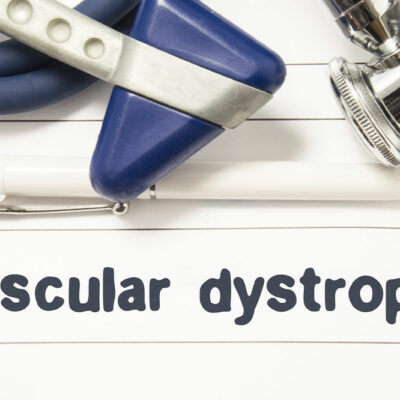
Muscular dystrophy Symptoms, causes, and management options
Muscular dystrophy is a group of diseases that leads to progressive weakness and the loss of muscle mass. The condition is triggered due to mutations in genes, which hamper the production of proteins required to form healthy muscles. Generally, the symptoms start in childhood, especially affecting boys. A cure for muscular dystrophy is yet to be determined; still, experts suggest specific treatments and management techniques to slow the course of the disease. Symptoms The primary sign of the condition is progressive muscle weakness. A few other signs may begin at different ages and muscle groups based on the type of muscular dystrophy one develops. The most common symptoms are given below and may occur in younger individuals with Duchenne-type muscular atrophy. Falling frequently Trouble jumping and running Waddling gait Difficulty rising from a lying or sitting position Starting to walk on the toes Pain and stiffness in the muscles Difficulty with learning Unusually large calf muscles Delayed growth One may also experience other types, such as Becker muscular dystrophy. Here, the signs are similar to those of Duchenne muscular dystrophy but may occur gradually. Causes Specific genes are involved in making proteins to protect muscle fibers. However, unusual mutations in these genes may result in muscular dystrophy.





